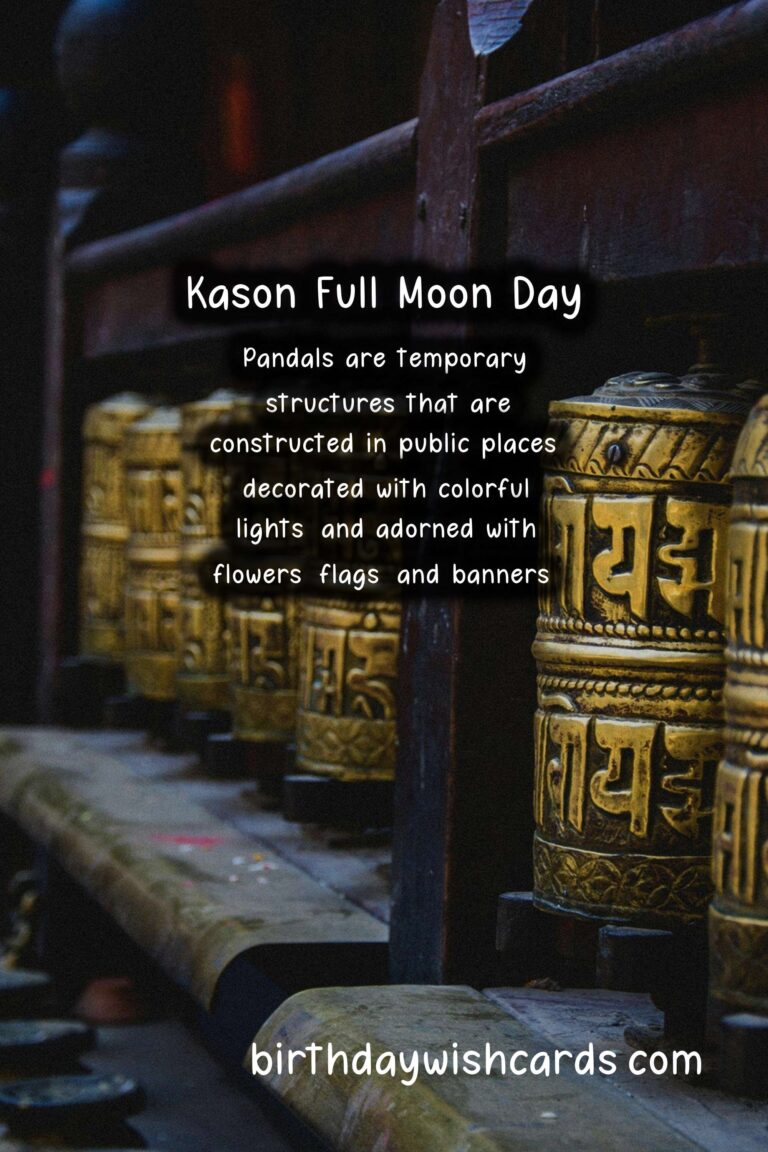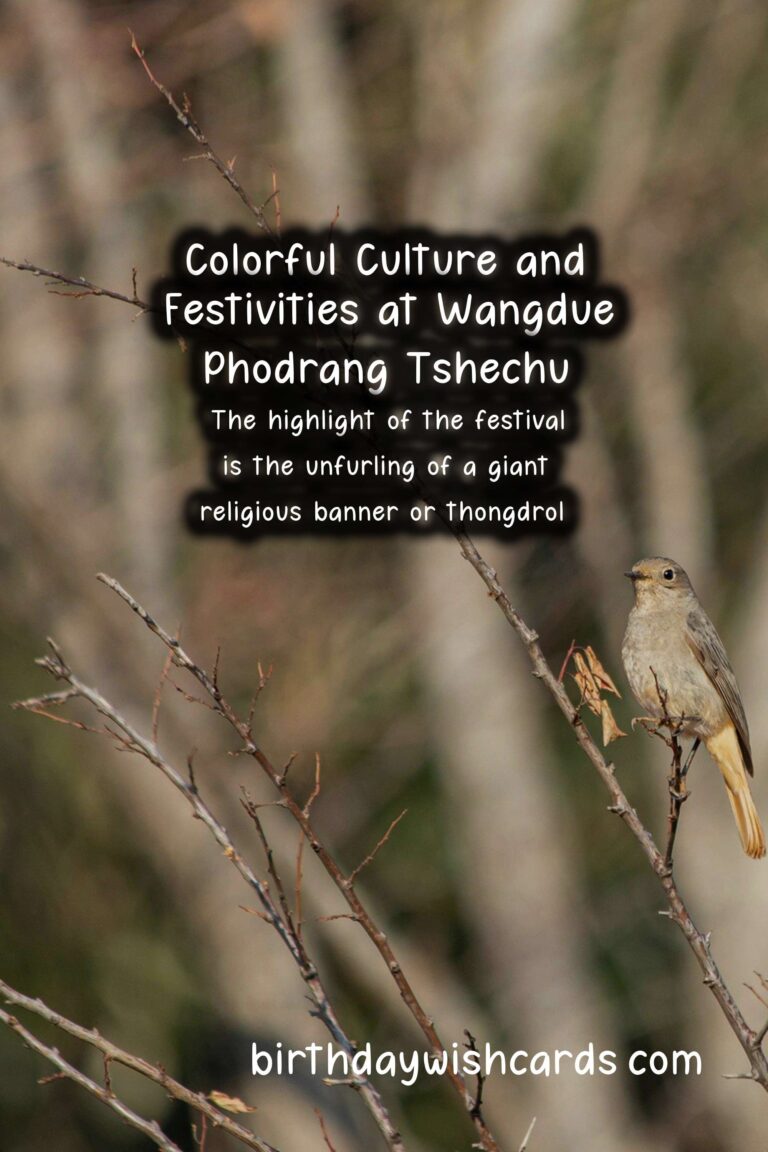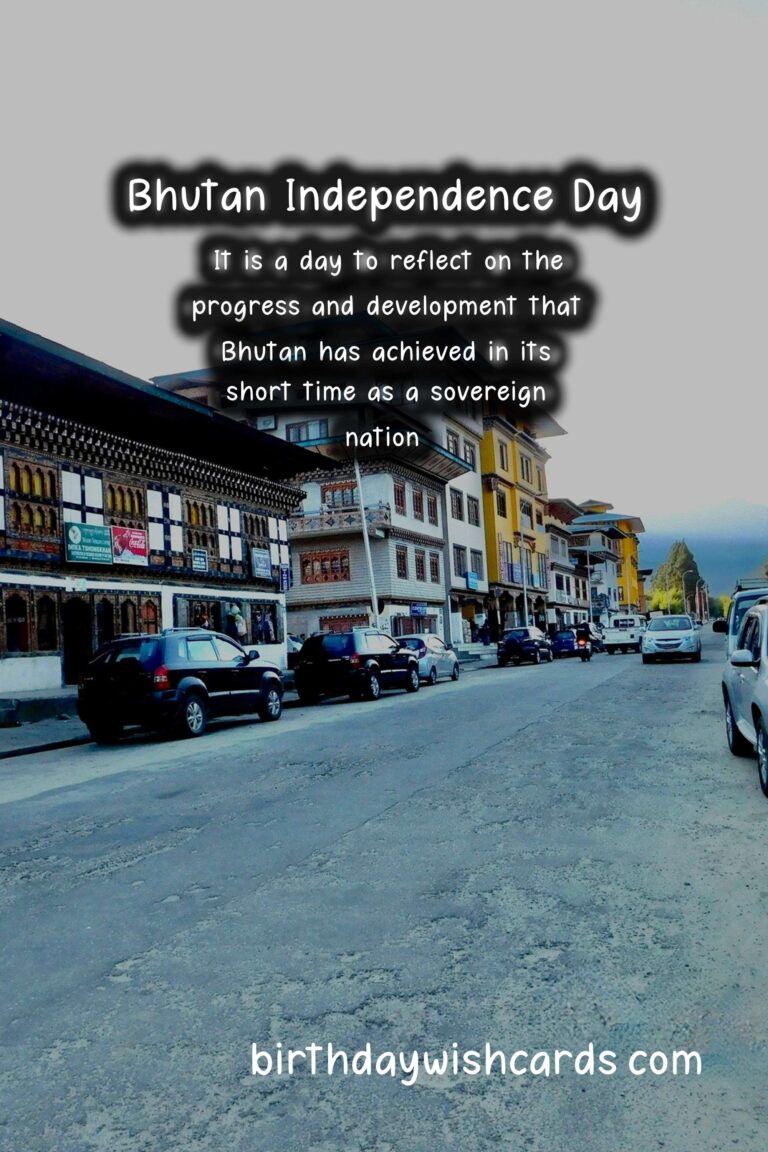Celebrate Lumbini Day on 1st May – A Journey Through the Birthplace of Buddha
Celebrate Lumbini Day on 1st May – A Journey Through the Birthplace of Buddha
The annual celebration of Lumbini Day on the 1st of May is a joyous occasion for Buddhists all over the world. This day marks the birth of Siddhartha Gautama, who later became known as Buddha, the founder of Buddhism. Lumbini, located in the Rupandehi district of Nepal, is the birthplace of Buddha and it holds special significance for Buddhists and travelers alike. Let’s take a journey through the sacred site of Lumbini, as we explore the rich history and traditions of this important day.
Lumbini, meaning ‘the lovely’ in Sanskrit, is a UNESCO World Heritage Site and a popular pilgrimage site for Buddhists from all over the world. It is believed that Queen Mayadevi, the mother of Siddhartha Gautama, gave birth to him under a Bodhi tree in Lumbini. The exact location of the birth is marked with a commemorative pillar, which was erected by Emperor Ashoka in the 3rd century BC. Today, the temple of Maya Devi, dedicated to the mother of Buddha, stands at the spot where he was born.
As we celebrate Lumbini Day, we must remember the teachings of Buddha, which center around compassion, kindness, and mindfulness. It is a time for self-reflection and to honor the wisdom and legacy of Buddha. The iconic Ashokan Pillar that stands at Lumbini bears an inscription by Emperor Ashoka, stating that he visited the site and erected the pillar as a mark of respect. This pillar is an important symbol of the spread of Buddhism, as Emperor Ashoka was responsible for the spread of the religion across Asia.
On this special day, many devout Buddhists flock to Lumbini to offer prayers and rituals at the various monasteries and temples. The Myanmar Temple, called Lokamani Cula Pagoda, is one of the most popular and largest monasteries in Lumbini. It is a replica of the Shwedagon Pagoda in Myanmar and its golden spire stands tall against the backdrop of the lush green surroundings. Another notable temple is the Great Lotus Stupa, built by the Chinese Buddhists and funded by the Taiwanese government. It is a beautiful and serene place for meditation and reflection.
The International Buddhist Monastery, built under the patronage of the Korean Buddhists, is a peaceful retreat for visitors. It is a multi-story structure with stunning architecture and houses a large collection of Buddhist artifacts. Apart from the many temples and monasteries, there are also museums and archeological sites to explore in Lumbini. The Lumbini Museum showcases various art and artifacts related to Buddhism, while the eternal flame of peace, built in collaboration with Japan, is a symbol of peace and unity for all nations.
As we celebrate Lumbini Day, we must also remember the efforts being made to preserve and promote this sacred site. The Lumbini Development Trust, established by the Government of Nepal, is responsible for the upkeep and development of the area. They have been working closely with the international Buddhist community to maintain the sanctity and significance of Lumbini. In addition, the trust has also been working on various projects to improve the infrastructure and facilities for visitors.
This year, let’s celebrate Lumbini Day on the 1st of May by paying our respects at this sacred site and learning more about the life and teachings of Buddha. Let us also remember the importance of compassion, mindfulness, and unity, as we pray for peace and harmony in the world. As Buddha said, “Radiate boundless love towards the entire world.”
The annual celebration of Lumbini Day on the 1st of May is a joyous occasion for Buddhists all over the world.
Lumbini, located in the Rupandehi district of Nepal, is the birthplace of Buddha and it holds special significance for Buddhists and travelers alike.
This day marks the birth of Siddhartha Gautama, who later became known as Buddha, the founder of Buddhism.
It is believed that Queen Mayadevi, the mother of Siddhartha Gautama, gave birth to him under a Bodhi tree in Lumbini.
The exact location of the birth is marked with a commemorative pillar, which was erected by Emperor Ashoka in the 3rd century BC.
The temple of Maya Devi, dedicated to the mother of Buddha, stands at the spot where he was born.
On this special day, many devout Buddhists flock to Lumbini to offer prayers and rituals at the various monasteries and temples.
The iconic Ashokan Pillar stands as an important symbol of the spread of Buddhism and was erected by Emperor Ashoka.
The Myanmar Temple, called Lokamani Cula Pagoda, is one of the most popular and largest monasteries in Lumbini.
The Great Lotus Stupa, built by the Chinese Buddhists, is a beautiful and serene place for meditation and reflection.
The International Buddhist Monastery, built under the patronage of the Korean Buddhists, is a peaceful retreat for visitors.
Apart from the many temples and monasteries, there are also museums and archaeological sites to explore in Lumbini.
The Lumbini Museum showcases various art and artifacts related to Buddhism.
The eternal flame of peace, built in collaboration with Japan, is a symbol of peace and unity for all nations.
The Lumbini Development Trust is responsible for the upkeep and development of the Lumbini area and works closely with the international Buddhist community.
This year, let’s celebrate Lumbini Day on the 1st of May by paying our respects at this sacred site and learning more about the life and teachings of Buddha.
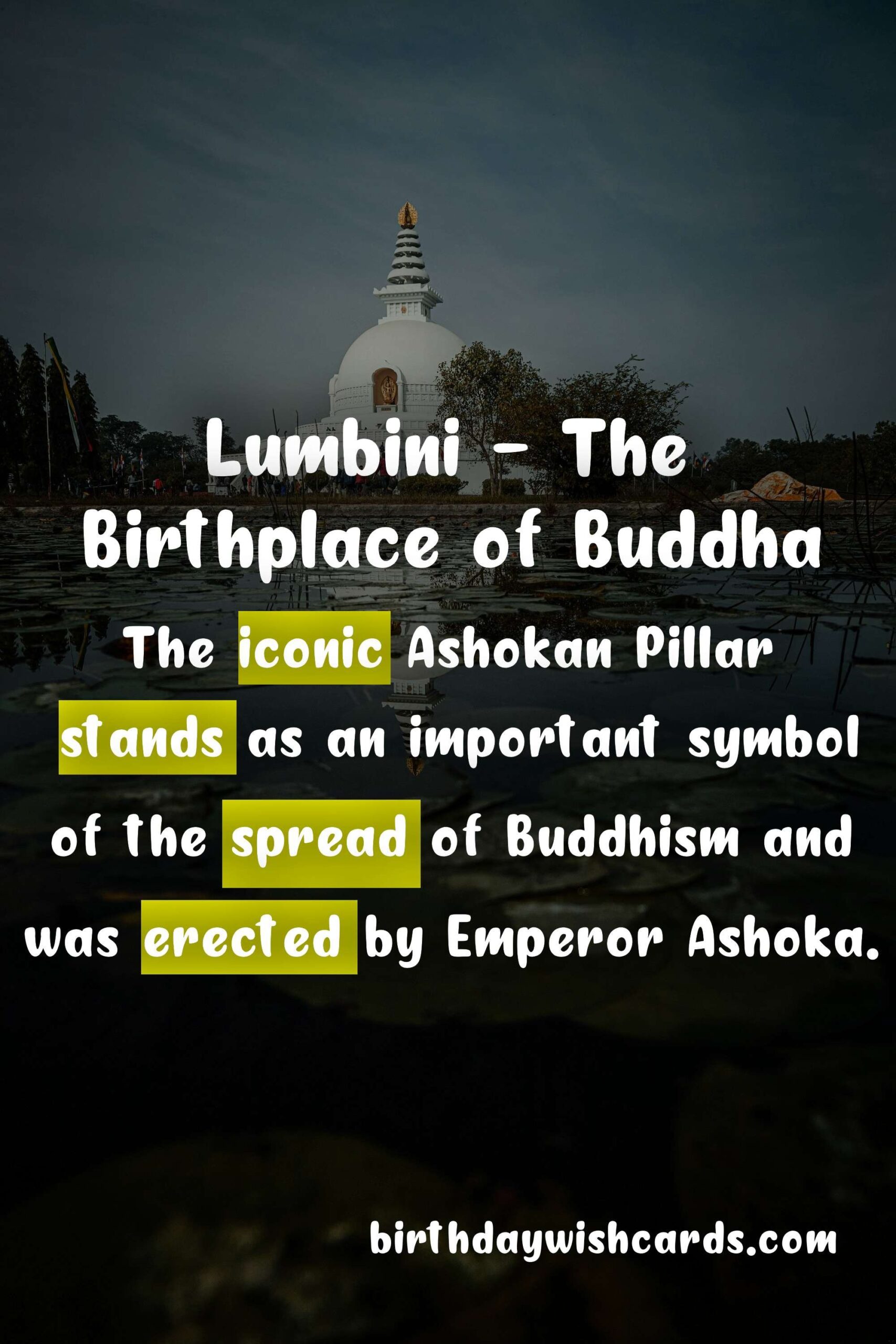
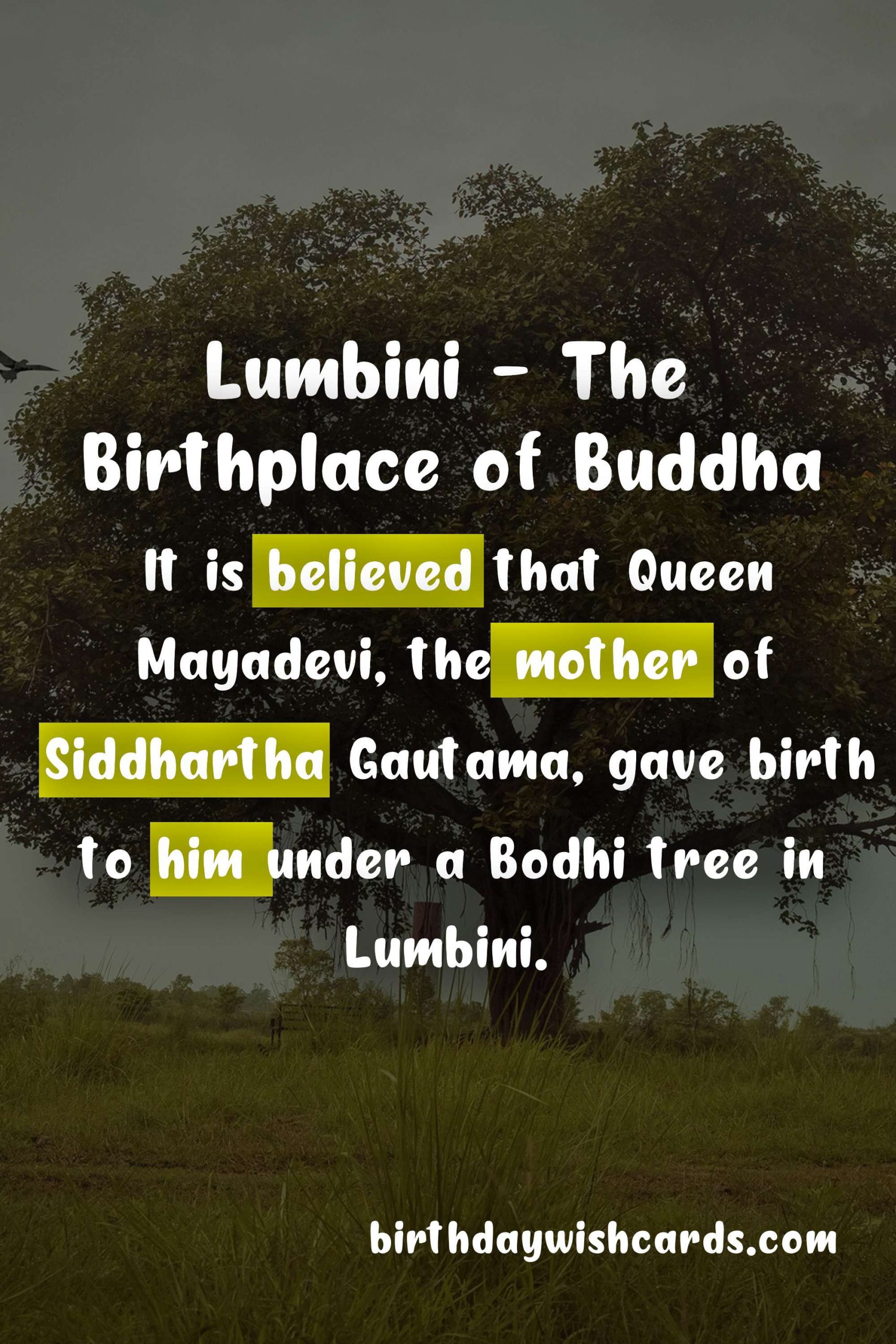
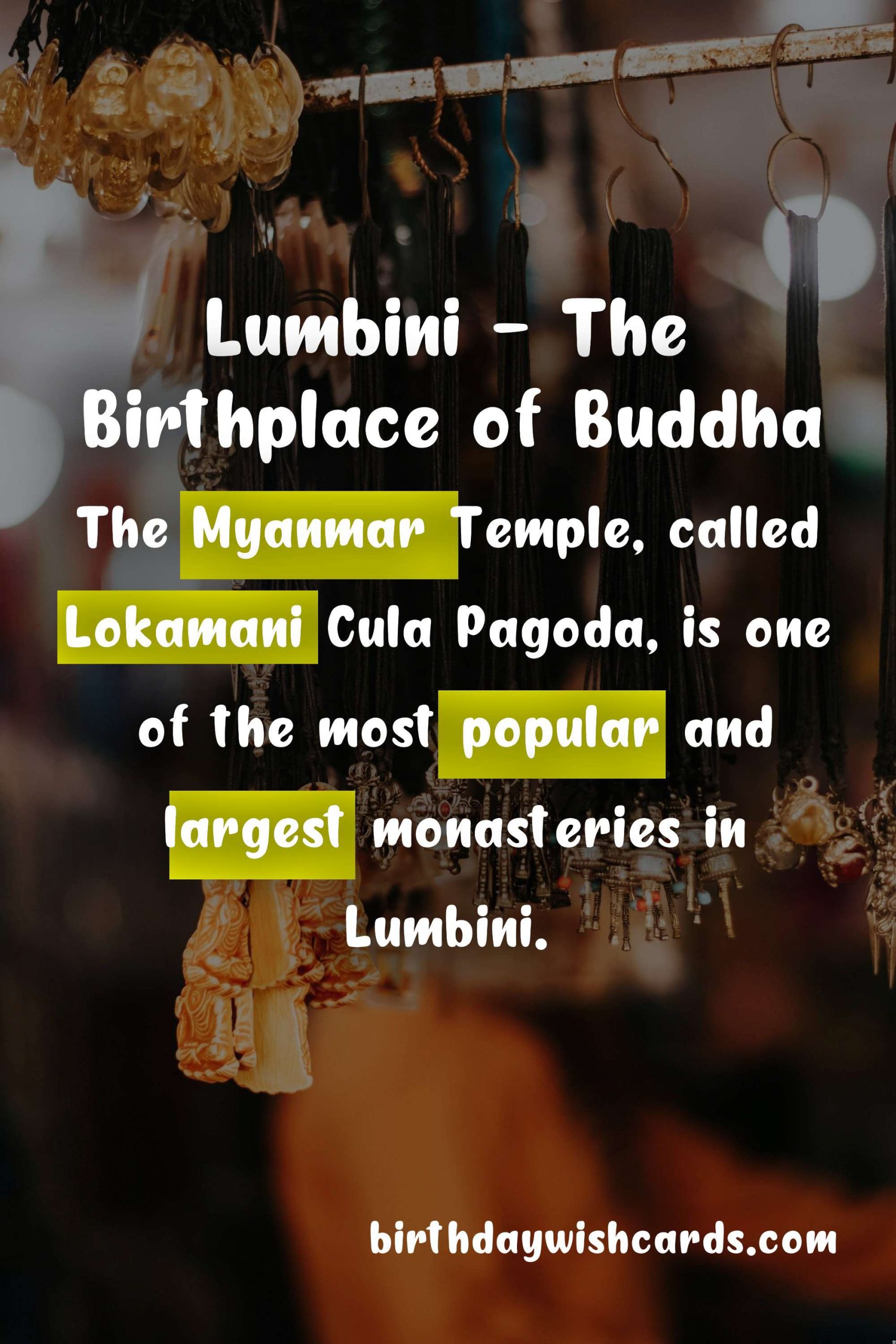
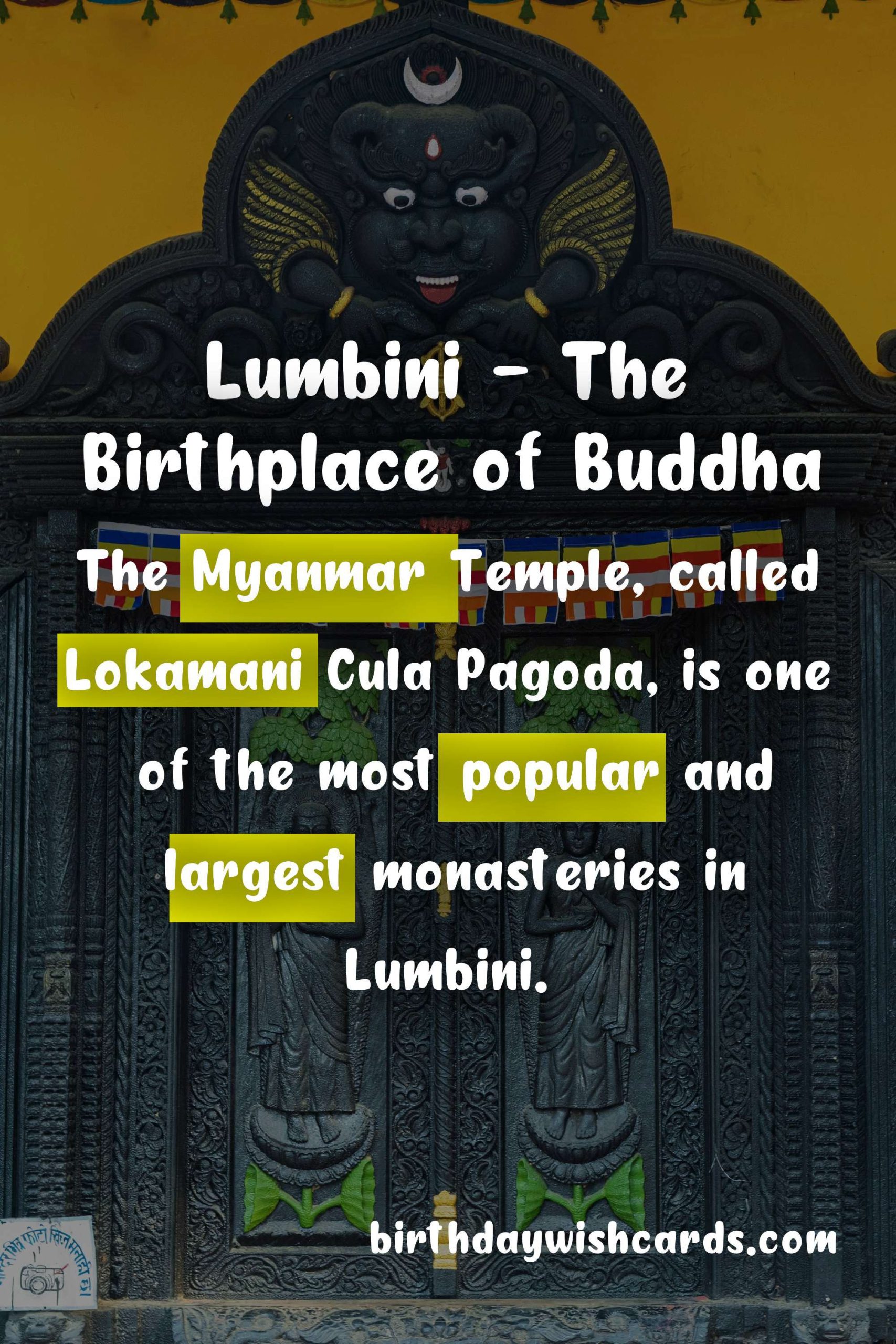
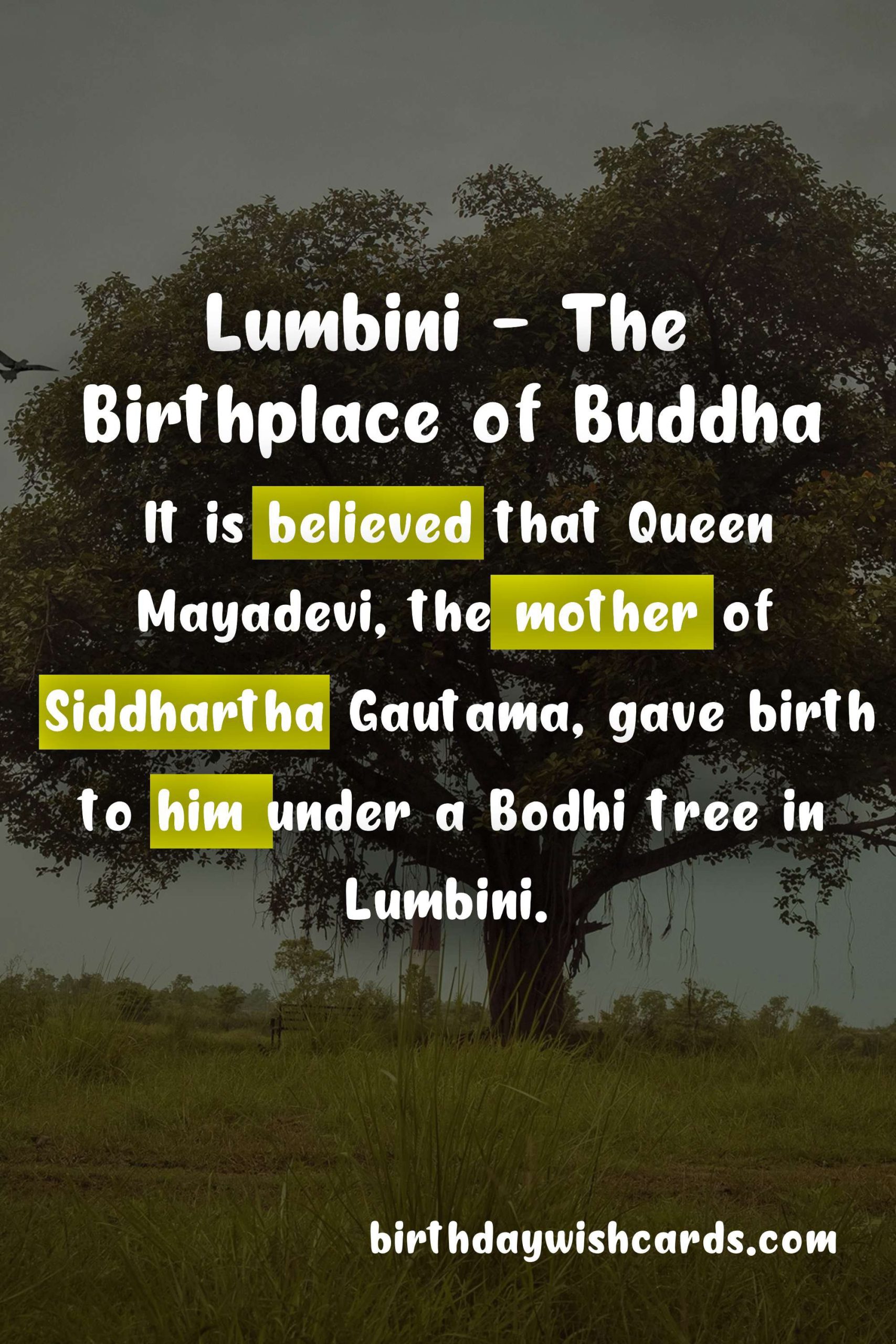
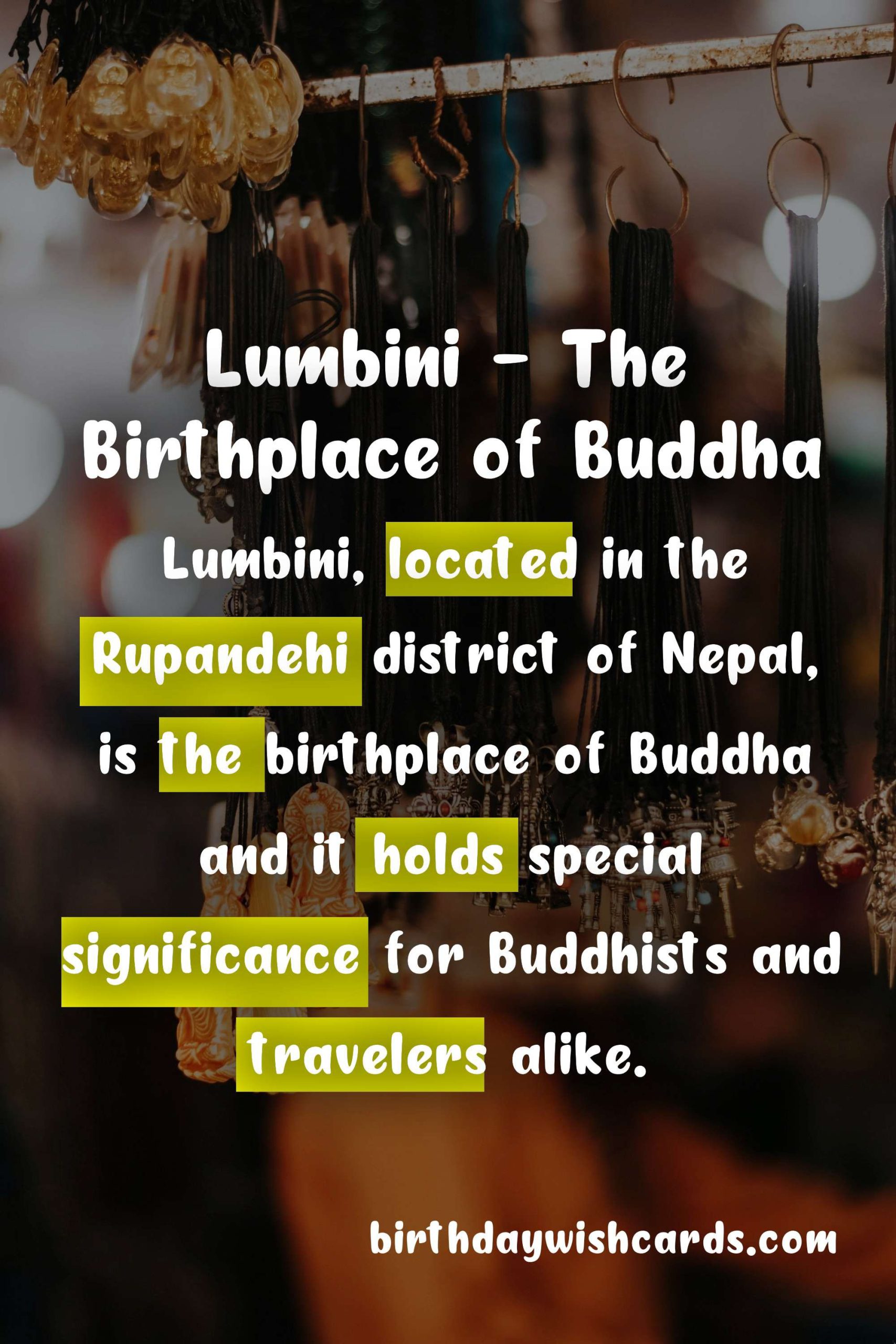
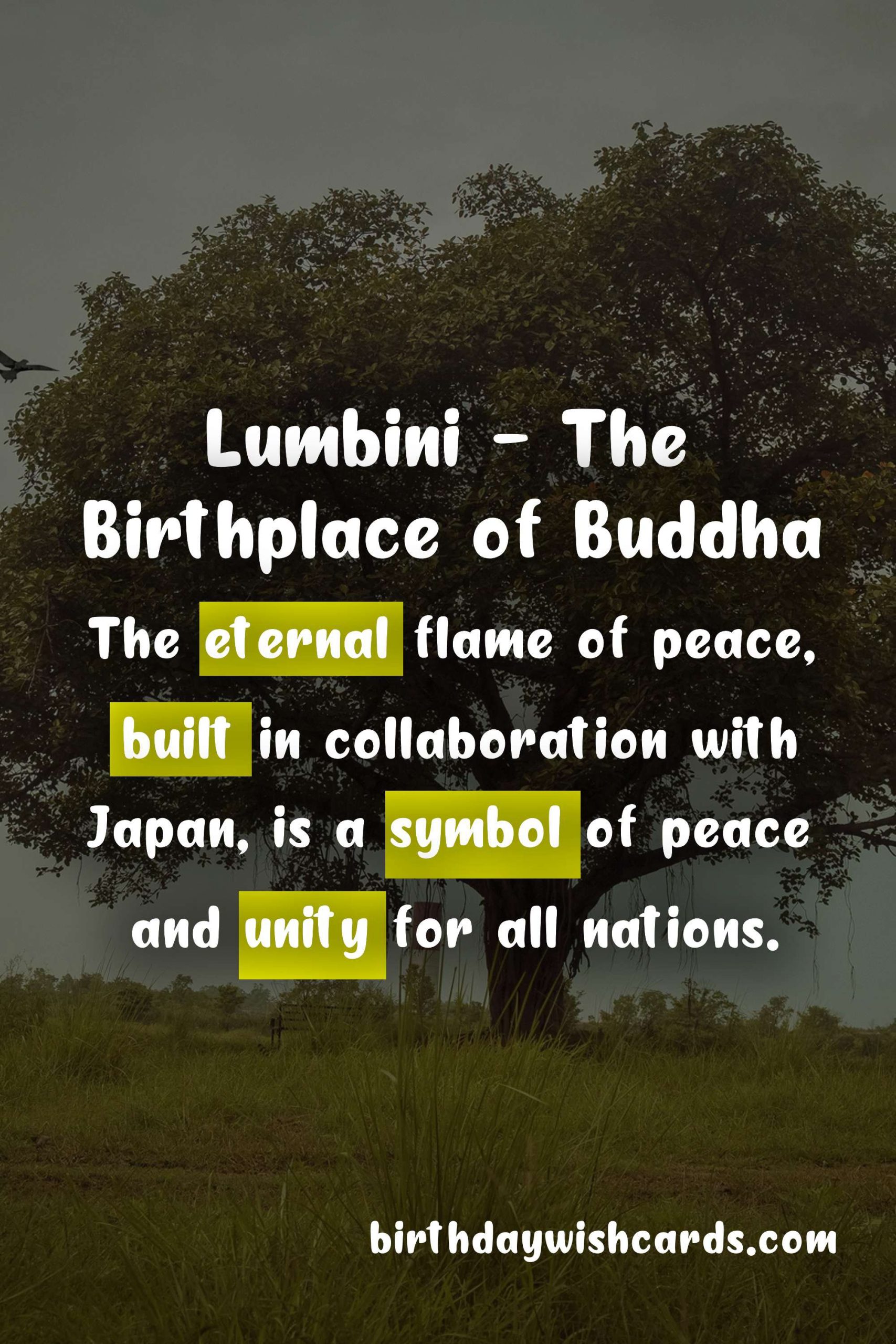

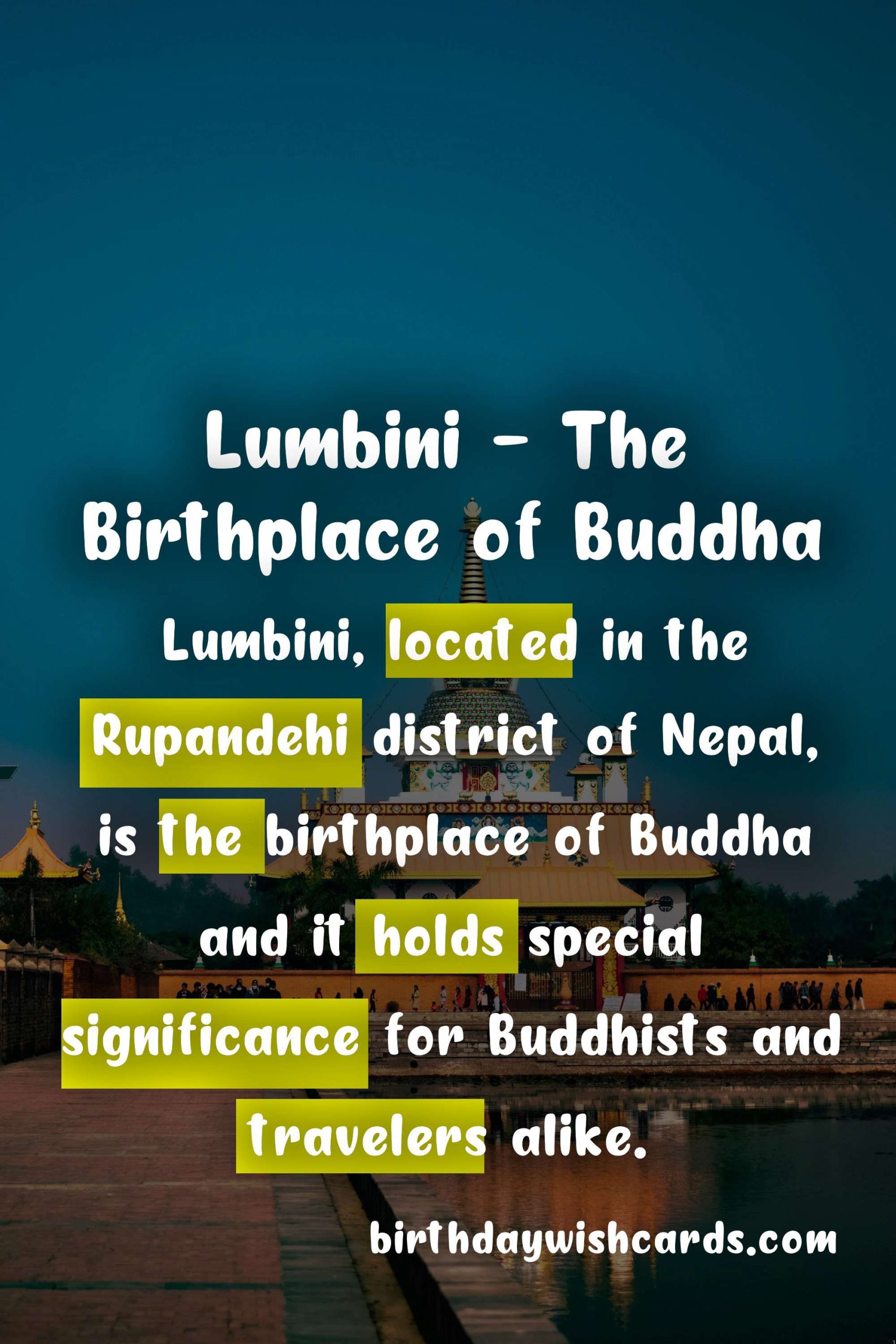

#LumbiniDay #Buddhism #WorldPeace


